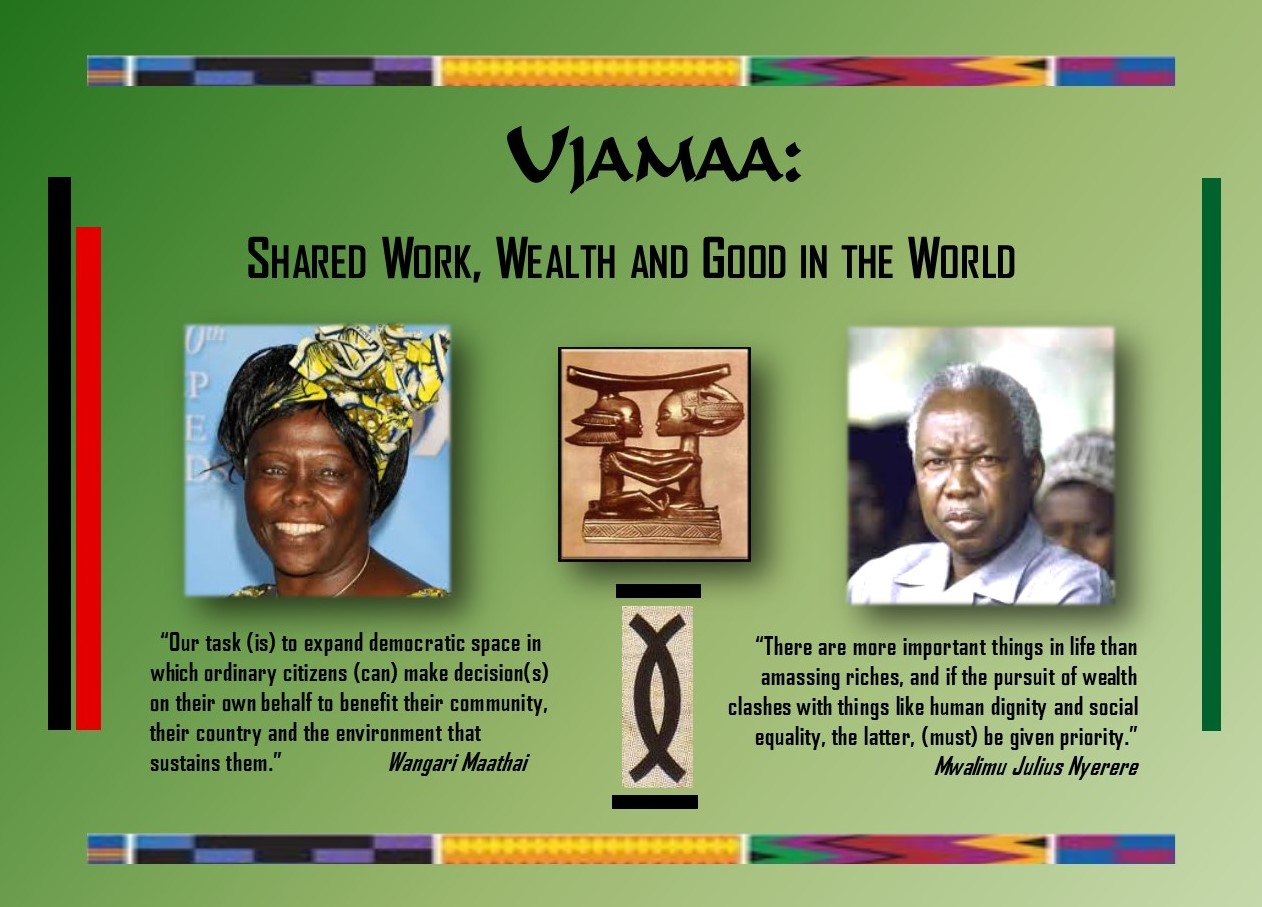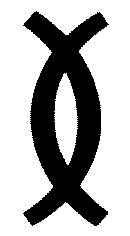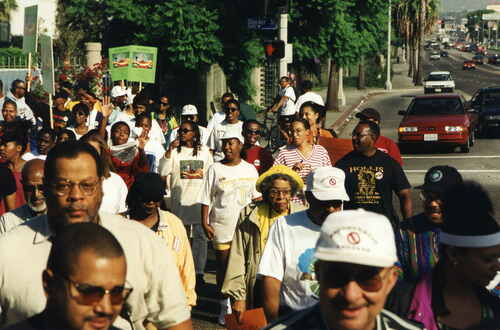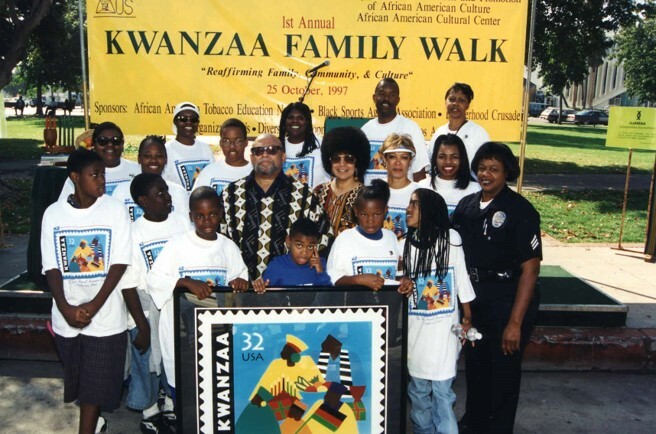Also, inherent in Ujamaa is the stress and obligation of generosity especially to the poor and vulnerable. In the Book of Ani, we are taught that generosity is its own reciprocal reward. "Small gifts return greater and what is replaced brings abundance. " 46 And in the Book of Ptahhotep we are taught, "Be generous as long as you live. What goes into the storehouse should come out. For bread is made to be shared."
Moreover, Ptahhotep informs us, "Generosity is a memorial for those who show it, long after they have departed." This, of course, is the ancient African ethic of care and responsibility which informs the concepts of generosity and shared social wealth. Such an ethic is expressed in one of its earliest forms in the Book of Coming Forth By Day which defines the righteous on one level as one who has "given bread to the hungry, water to the thirsty, clothes to the naked and a boat to those without one. "47 In fact, throughout the sacred teachings of ancient Egypt in particular and Africa in general, the ethic of care and responsibility is expressed in the concept of shared social wealth and service to the most disadvantaged 48.This, of course, finds its modern philosophical expression in our social thought and struggles, as a people, around and for social justice. And this struggle is not simply to be generous to the poor and vulnerable but ultimately to end their poverty and vulnerability so that they too can live a decent, undeprived and meaningful life. For only in such a context will they be able to pursue the truly human without the limitation imposed by poverty, deprivation or the debilitating struggle for just life's basic necessities. To share wealth and work, then, is to share concern, care and responsibility for a new, more human and fulfilling future.
46- Maulana Karenga, Selections From the Husia: Sacred Wisdom of Ancient Egypt, p. 54.
47- Maulana Karenga, Selections From the Husia: Sacred Wisdom of Ancient Egypt, p. 47.
48- Maulana Karenga, Selections From the Husia: Sacred Wisdom of Ancient Egypt, p. 111.



